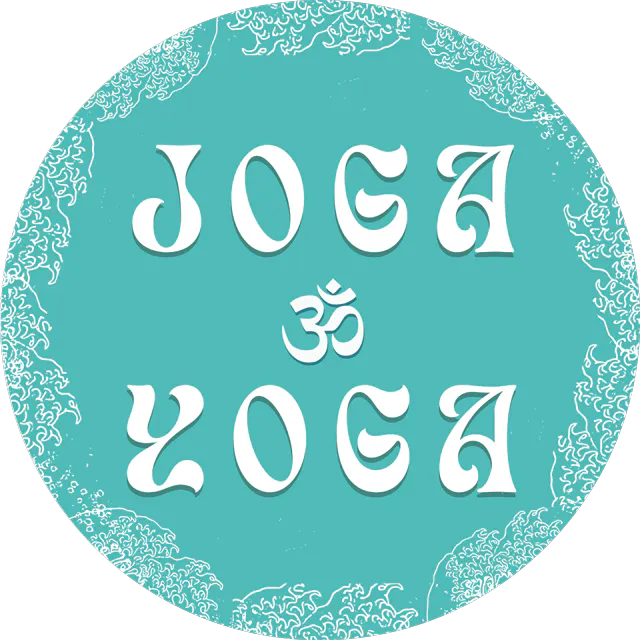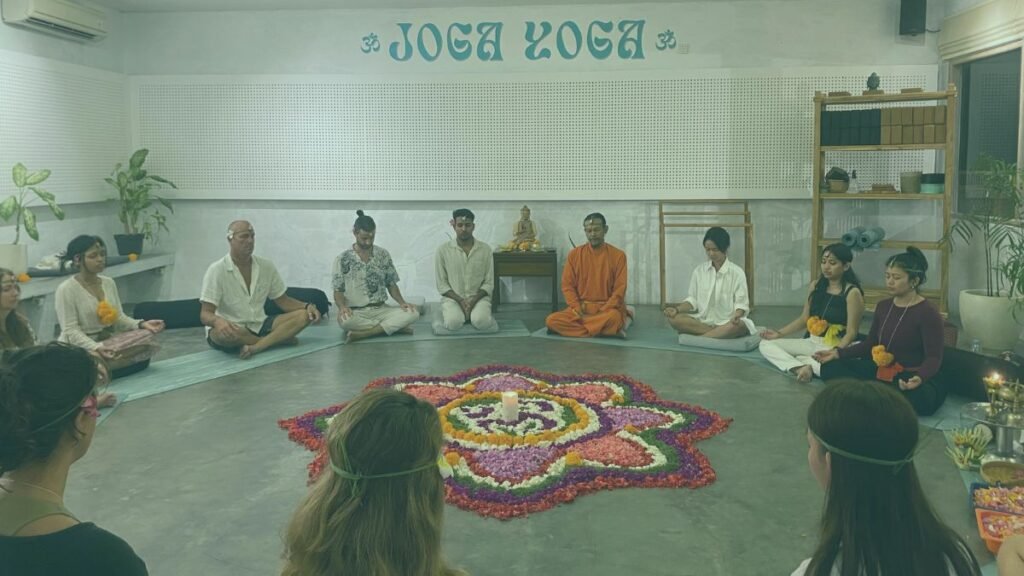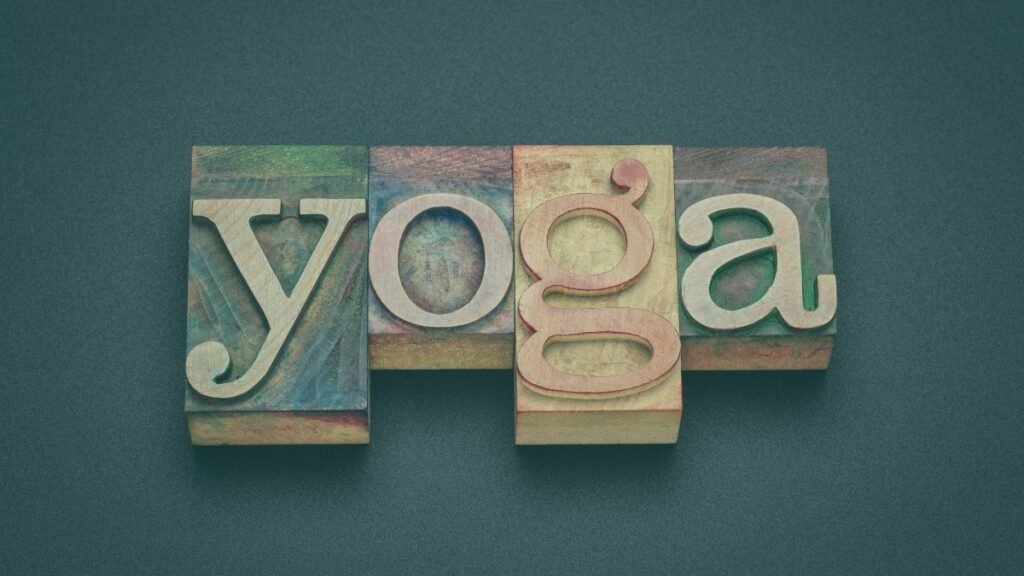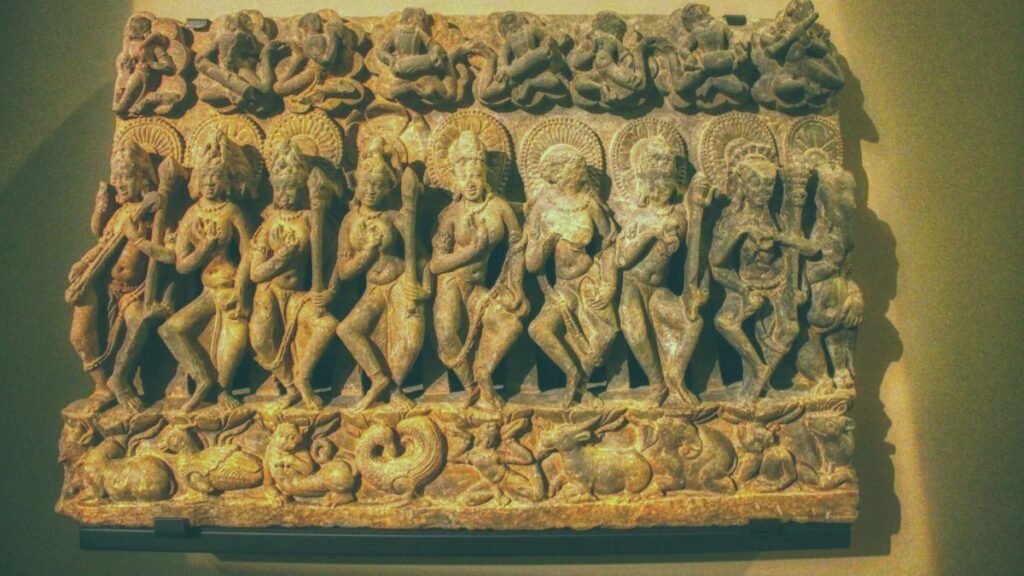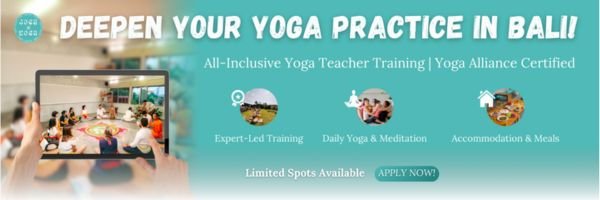Tantra began in ancient India over 1,500 years ago, combining philosophy, ritual, and meditation to awaken spiritual energy and unite the body, mind, and the divine.
When and Where Did Tantra Begin?
Tantra’s origins trace back to the Indian subcontinent, possibly as early as 500 CE, with influences from the even older Indus Valley Civilization (circa 2500–1500 BCE). Early artifacts, such as seals depicting meditative postures and goddess figures, hint at proto-tantric worship. These early expressions laid the foundation for the later, more structured tantric systems.
While tantra’s precise starting point is debated, most scholars agree it fully emerged during the Gupta and post-Gupta periods. This was a time when Indian spiritual traditions shifted from purely ascetic ideals to practices that embraced life, the senses, and the material world as valid paths to enlightenment.
Early Forms of Tantra in India
By the first millennium CE, tantra had developed distinct branches within Hindu traditions:
- Shaiva Tantra: Centered on the worship of Shiva as the supreme consciousness. Practices include mantra chanting, meditation, yantra worship, and fire rituals.
- Shakta Tantra: Focused on Devi or Shakti, the divine feminine energy. This branch emphasizes kundalini awakening, goddess worship, and rituals designed to channel creative power.
- Vaishnava Tantra: Integrates devotion to Vishnu and his avatars with tantric ritual and meditation.
Unlike classical yoga, which often stressed renunciation, these forms of tantra encouraged practitioners to use daily life, relationships, and sensory experiences as tools for spiritual awakening.
The Birth of Buddhist Tantra (Vajrayana)
Around the 7th century CE, Buddhist tantra, also known as Vajrayana or the “Diamond Vehicle,” emerged in India. This school blended Mahayana Buddhist philosophy with tantric methods, aiming to achieve enlightenment in a single lifetime.
Key practices in Vajrayana include deity visualization, intricate mandalas, mantra recitation, and symbolic hand gestures called mudras. While sharing tools with Hindu tantra, Buddhist tantra focuses on realizing the empty yet luminous nature of the mind rather than union with a deity.
From India, Buddhist tantra traveled to Tibet, Nepal, and Bhutan, where it became deeply rooted in monastic life and adapted into unique cultural expressions.
How Tantra Spread Beyond India
After its development in India, tantra spread through trade routes, pilgrimages, and missionary efforts. By the 8th century CE, Padmasambhava, a revered tantric master, carried Buddhist tantra into Tibet, where it merged with indigenous Bon traditions to create Tibetan Vajrayana.
From India, tantric teachings also traveled east into China as esoteric Buddhism, where they blended with Taoist and Confucian thought. In Southeast Asia, tantric Shaiva and Shakta practices influenced royal courts and temple complexes, most famously seen in Cambodia’s Angkor Wat and Java’s Prambanan Temple.
While political upheavals in India caused many traditions to decline, the spread of tantra ensured that its philosophy and practices took root across Asia.
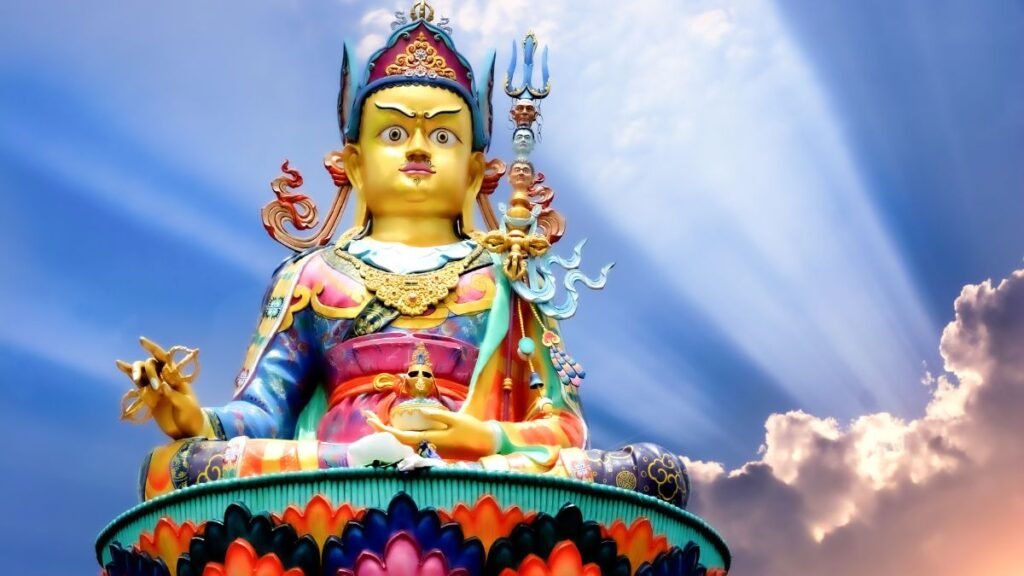
Key Texts in Tantra’s History
Tantra’s teachings were preserved in a mix of written scriptures and oral traditions. Some of the most influential texts include:
- Vijnana Bhairava Tantra – A Shaiva text offering 112 meditation techniques for direct experience of divine consciousness.
- Kularnava Tantra – Explores rituals, initiation, and philosophical foundations of Shakta tantra.
- Hevajra Tantra and Guhyasamaja Tantra – Core scriptures of Buddhist tantra detailing deity visualization and advanced meditative stages.
Because tantric knowledge was often considered esoteric, many texts used symbolic or coded language to protect the teachings from misuse. Initiation from a qualified teacher was traditionally required to interpret them correctly.
Decline and Preservation of Tantra
From the 13th century onward, invasions and political shifts in India led to the destruction of many tantric temples and manuscripts. In some regions, tantra was driven underground, surviving only in remote Himalayan villages or as part of folk rituals.
Despite these challenges, tantric traditions persisted in pockets such as Kashmir Shaivism, Tibetan Buddhism, and rural Bengal. In these communities, tantric philosophy was woven into daily life, temple worship, and seasonal festivals, ensuring that the teachings were never fully lost.
Tantra’s Rebirth in the West
By the late 19th and early 20th centuries, scholars and spiritual seekers from Europe began translating tantric texts and traveling to India and Tibet. The real surge in Western interest came during the 1960s and 1970s, when tantra was introduced alongside yoga and meditation in the counterculture movement.
Unfortunately, in the West, much of tantra’s complexity was reduced to its sexual elements. This “neo-tantra” movement made sacred sexuality the primary focus, leaving aside the philosophical depth, meditation practices, and ritual discipline that define classical tantra. While it attracted attention, it also created misconceptions that still persist today.
Common Misconceptions About Tantra’s History
Because tantra’s teachings were often hidden or symbolic, myths have grown around its purpose and methods. Some of the most common misunderstandings include:
- “Tantra is only about sex” – In reality, sexual practices make up a small fraction of traditional tantra.
- “Tantra is a religion” – It is better described as a spiritual system that can exist within Hinduism, Buddhism, or independently.
- “Anyone can practice advanced tantra without training.” – Classical tantra always required initiation and guidance to ensure safety and integrity.
These misconceptions highlight the need for reliable, historically grounded information.
Why Understanding Tantra’s History Matters
Knowing tantra’s history gives you context to practice it authentically and respectfully. It helps separate ancient wisdom from modern reinterpretations, ensuring that your journey is rooted in the original intent: spiritual awakening, integration of body and mind, and recognition of the divine in all things.
At Joga Yoga, we honor tantra’s historical roots while teaching techniques that are safe, accessible, and relevant for modern life. By understanding where tantra comes from, you can approach it with clarity and depth, avoiding the pitfalls of shallow or misleading interpretations.
FAQ
What is the origin of tantra?
Tantra originated in ancient India, likely between 500 and 800 CE, influenced by earlier spiritual traditions such as the Indus Valley Civilization.
How did tantra spread outside India?
Tantra spread via trade routes, pilgrimages, and teachers, reaching Tibet, China, and Southeast Asia, where it merged with local religious traditions.
What are the main types of tantra?
The main branches include Shaiva, Shakta, Vaishnava (Hindu tantra), and Vajrayana (Buddhist tantra), each with unique deities, rituals, and goals.
Why was tantra kept secret in the past?
Tantra used symbolic language and required initiation to protect its powerful techniques from misuse and ensure proper guidance.
Is modern tantra the same as traditional tantra?
No. Modern or “neo-tantra” often focuses on sexuality, while traditional tantra is a complete spiritual path involving meditation, ritual, and philosophy.
